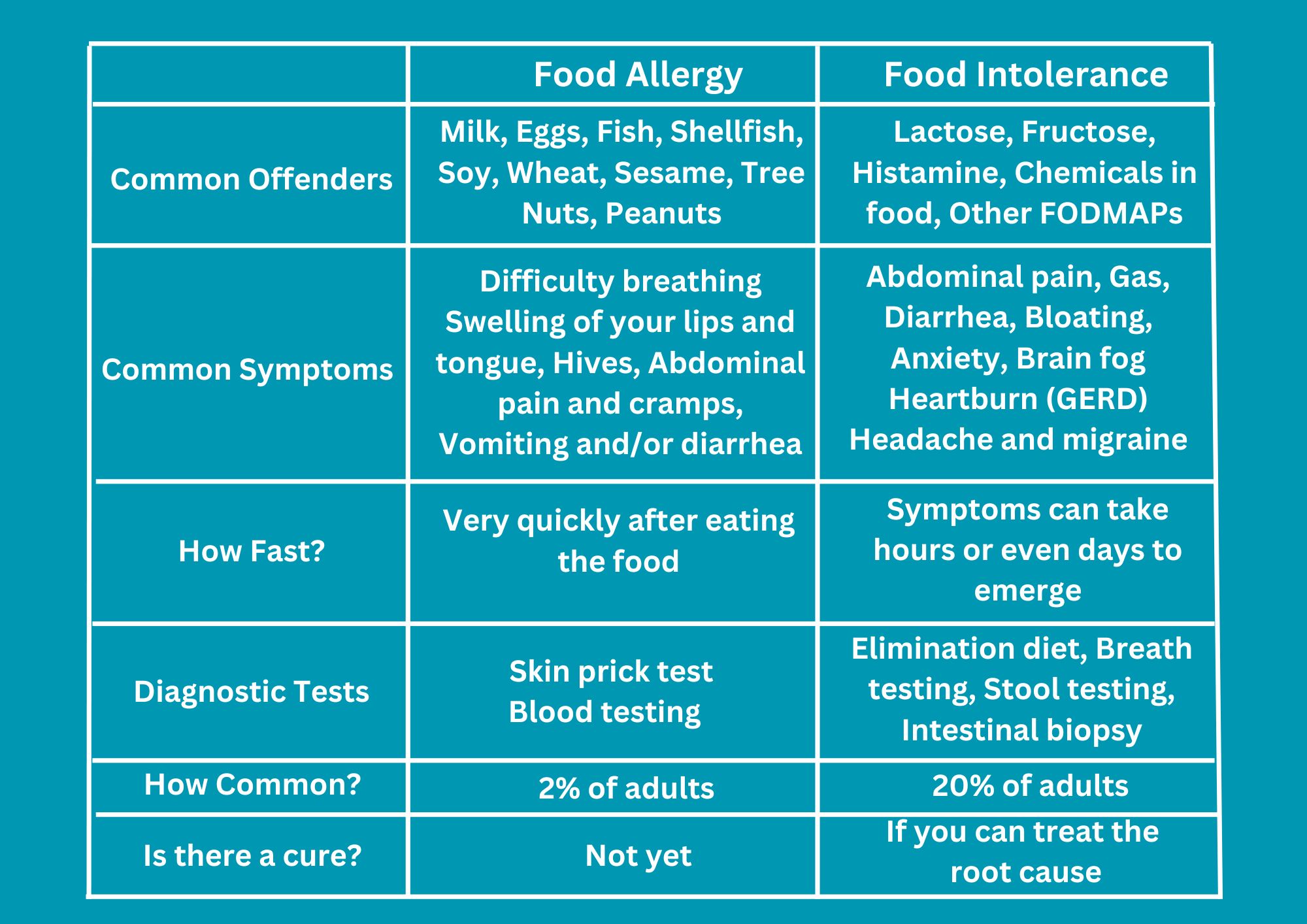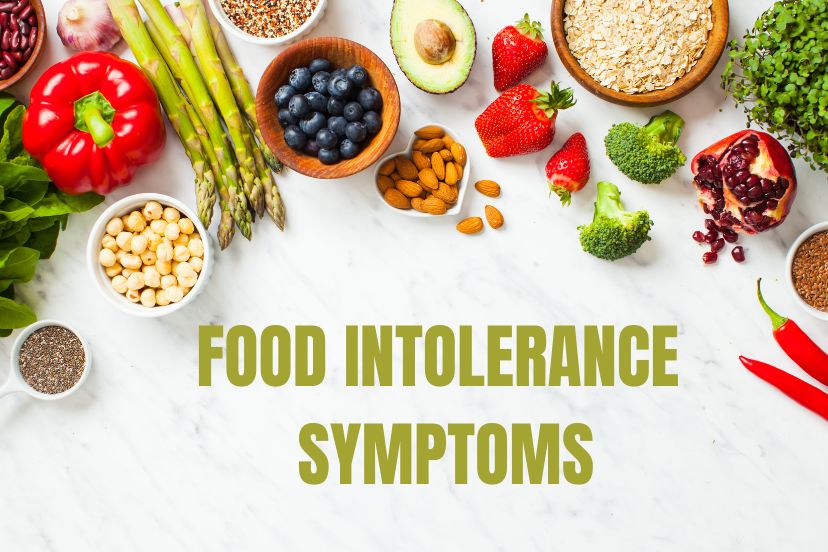Food Intolerance Symptoms: A Comprehensive Chart
Introduction
As someone who has dealt with food intolerances myself, I understand how challenging it can be to navigate through the symptoms and identify the culprits causing discomfort. Food intolerances are increasingly common and can greatly impact our overall well-being. In this article, I will provide you with an in-depth exploration of food intolerance symptoms, offering a comprehensive chart to help you recognize and manage these symptoms effectively. By the end, you’ll be equipped with practical tips and insights to improve your quality of life.
What is Food Intolerance?
Food intolerance refers to a condition where your body has difficulty digesting certain types of food. Unlike food allergies, which involve the immune system, food intolerances occur when your digestive system lacks specific enzymes or chemicals needed for proper digestion. The most common intolerances include lactose, gluten, and fructose.
Understanding Food Intolerance Symptoms
Food intolerance symptoms can manifest in various ways and may differ from person to person. Here are some common symptoms to look out for:
Digestive Disturbances
– Bloating: Feeling uncomfortably full and swollen after eating.
– Diarrhea: Frequent loose or watery stools after consuming certain foods.
– Constipation: Difficulty passing stools or infrequent bowel movements.
– Abdominal Pain: Cramping or discomfort in the stomach region.
– Nausea: A feeling of queasiness or the urge to vomit.
Skin Reactions
– Rash: Red, itchy, or inflamed skin patches or hives.
– Eczema: Persistent dry, itchy, and irritated skin.
– Acne: Recurring breakouts or worsening of existing acne.
Respiratory Issues
– Wheezing: A high-pitched whistling sound while breathing.
– Asthma: Difficulty breathing, chest tightness, and coughing.
Headaches and Migraines
– Tension headaches: Mild to moderate headache pain.
– Migraines: Severe, throbbing headaches often accompanied by nausea and sensitivity to light and sound.
Fatigue and Mood Disorders
– Fatigue: Persistent lack of energy, feeling tired, or sluggish.
– Anxiety and Depression: Emotional imbalance and feelings of sadness or unease.
Identifying Food Intolerance: The Symptoms Chart
To help you identify the potential culprits behind your food intolerance, refer to the symptoms chart below. Please note that this chart is a general guide, and consulting with a healthcare professional is essential for an accurate diagnosis.
Food Intolerance Symptoms Chart

Managing Food Intolerance
Discovering and managing your food intolerances can greatly improve your quality of life. Here are some strategies to help you effectively manage your food intolerance symptoms:
Elimination Diet
– Start by removing common trigger foods from your diet.
– Gradually reintroduce one food at a time to observe any symptoms.
– Keep a food diary to track your body’s responses.
Consult a Registered Dietitian
– Seek guidance from a registered dietitian specializing in food intolerances.
– They can create personalized meal plans and provide nutritional support.
Alternative Food Choices
– Explore alternative food options to replace trigger ingredients.
– Opt for lactose-free, gluten-free, or fructose-free alternatives.
Food Label Reading
– Read food labels carefully to identify hidden ingredients or potential triggers.
– Look out for terms such as lactose, gluten, or fructose in the ingredient list.
Seek Emotional Support
– Dealing with food intolerances can be emotionally challenging.
– Join support groups or seek counseling to cope with any emotional distress.
Conclusion
Living with food intolerances doesn’t have to be overwhelming. By understanding the symptoms and using the comprehensive chart provided, you can identify potential trigger foods and take proactive steps towards managing your intolerances. Remember, it’s essential to consult with healthcare professionals and registered dietitians for an accurate diagnosis and personalized guidance. With the right strategies in place, you can regain control over your well-being and enjoy a happier, healthier life.
FAQs (Frequently Asked Questions)
Can food intolerance symptoms develop suddenly?
Food intolerance symptoms can develop suddenly, although they can also appear gradually over time. Pay attention to any changes in your body after consuming certain foods, and consult a healthcare professional for further evaluation.
Are food intolerances the same as allergies?
No, food intolerances and allergies are different. Food allergies involve the immune system and can lead to severe reactions, such as anaphylaxis. Food intolerances, on the other hand, are primarily digestive issues caused by the body’s inability to process certain foods.
Can food intolerances be outgrown?
In some cases, food intolerances can be outgrown, especially in children. However, this varies from person to person. Consult with a healthcare professional for an accurate assessment of your food intolerances.
Should I completely avoid foods I’m intolerant to?
If you have identified specific food intolerances, it’s advisable to avoid or limit your consumption of those foods. However, the severity of your intolerance may determine whether small amounts can still be tolerated. Work with a registered dietitian to develop an individualized approach.
Are there any medical tests for food intolerance?
While some tests claim to identify food intolerances, their accuracy and reliability are often debated. The gold standard for diagnosing food intolerances is an elimination diet followed by controlled reintroduction. Consult with a healthcare professional for guidance on the most appropriate approach for you.




